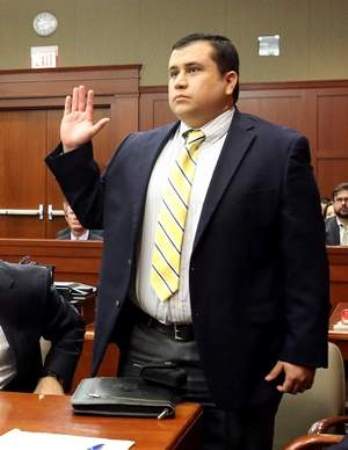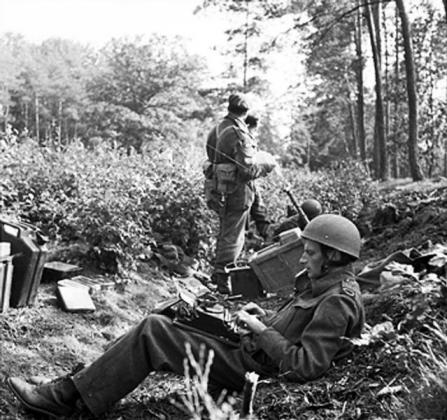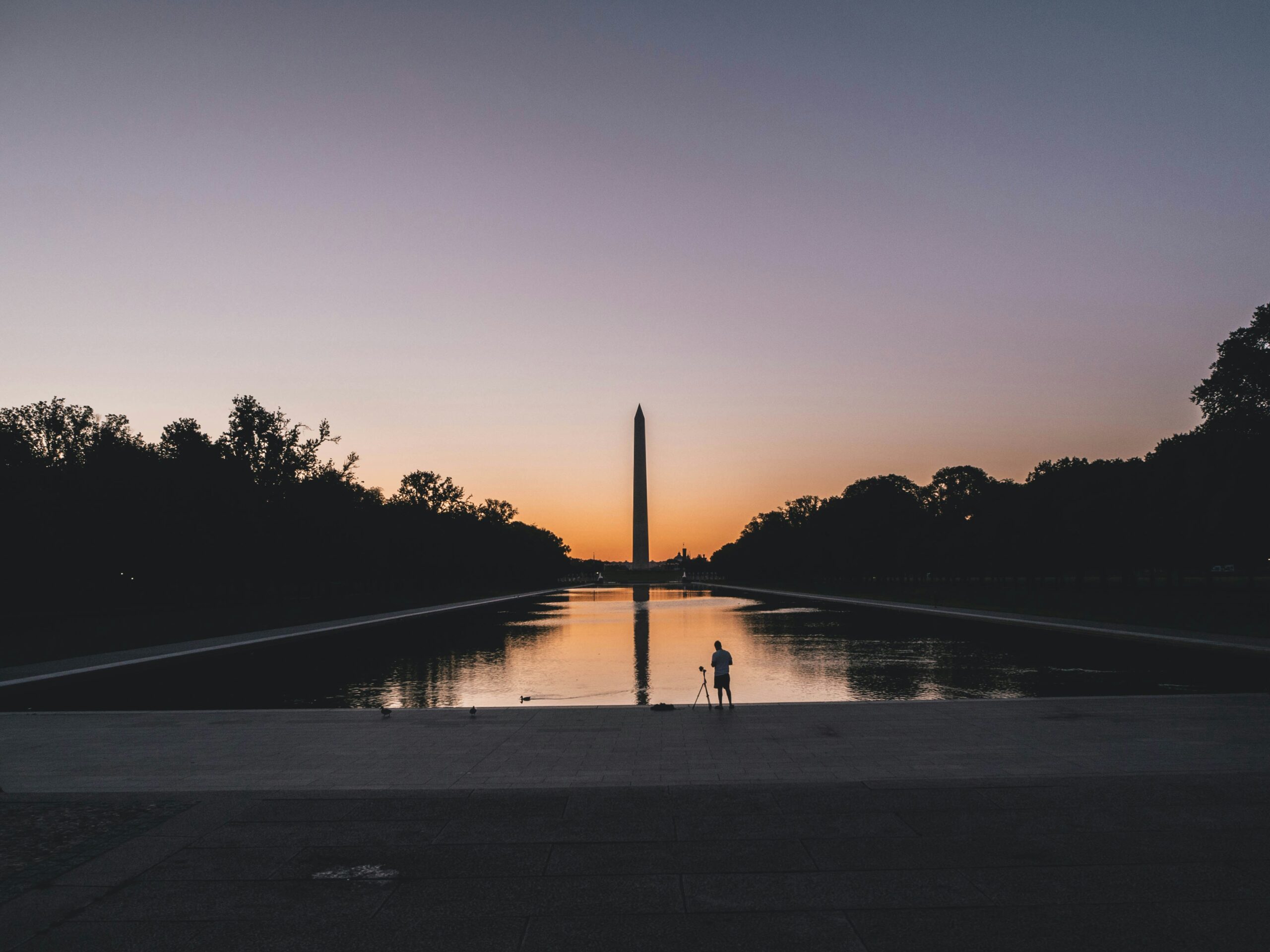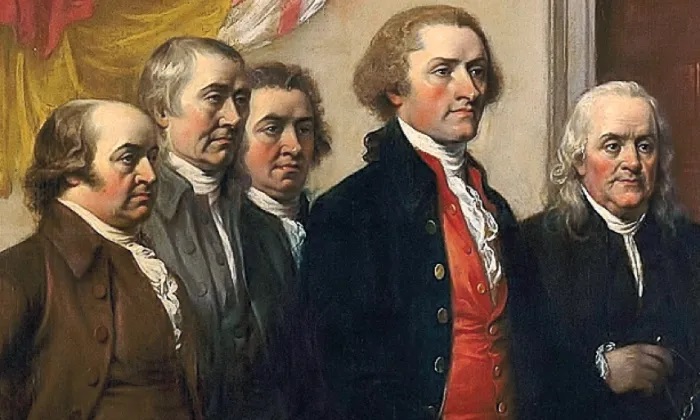In his closing argument in the George Zimmerman murder trial, Florida state prosecutor Bernie de la Rionda told a jury of six women that Trayvon Martin “is dead because another man made assumptions, because his assumptions were wrong.”

That statement pretty much sums up the entire Martin/Zimmerman incident.
From the outset, as soon as the shooting death of the 17-year-old, black Trayvon Martin by white George Zimmerman had been announced by Florida police, the public, with the generous help of the media went into a hyper-drive of assumptions:
FOX News Insider – Did Justice Department Support, Help Organize Anti-Zimmerman Florida Rallies?
Slate – Zimmerman is Probably Going to Walk and That’s Not a Bad Thing.
Even as The Huffington Post devoted an entire page to the Zimmerman trial, the sedate, New Yorker Magazine offered up: “George Zimmerman’s Trial Begins, with a Knock-Knock Joke.”
As for cable channel HLN’s tabloid-attorney-at-large Nancy Grace, the Zimmerman trial became a legal wet-dream of conjecture, and criticism wrapped in non-stop drama. (What else would you expect from Grace? Last year, I wrote about the media’s need to refrain from rampant speculation, rumor and innuendo.)
While rarely mentioned in the trial itself, the subtext of the last two weeks is sadly inescapable: Race.
While Trayvon Martin’s supporters rallied and marched wearing hooded sweat shirts in a show of solidarity holding “We are Trayvon” signs, George Zimmerman’s supporters took to the airwaves. Zimmerman was interviewed by Sean Hannity, while his brother appeared on CNN’s Piers Morgan.
On March 28, 2012, The New York Daily News wrote that “George Hall, a retired Presbyterian minister, said he was Zimmerman’s neighbor for 20 years in Manassas, Virginia. ‘I’m tired of hearing about this race thing. It could be an element in it … but I never would have thought of him as being a racist. His father was in the Army and was a white American and his mother was Peruvian. That makes him 50 percent Peruvian. A lot of stuff I hear, it irks me because people are drawing their own conclusions with very little evidence.”
But “evidence” always had an uphill battle against “race.” We have only to look at a Gallup poll published April 5, 2012. “Black Americans’ views,” Gallup wrote, “overwhelmingly believe that George Zimmerman… is guilty of a crime; believe that racial bias was a major factor in the events leading up to the shooting; and believe that Zimmerman would already have been arrested had the victim been white, not black.”
It doesn’t look like we’ve gained much ground in the battle for tolerance since the Simpson trial in 1994. In June of that year, former actor and football player, O.J. Simpson, was tried on two counts of murder following the deaths of his ex-wife Nicole and her friend, Ron Goldman. After nearly nine months, Simpson was acquitted despite DNA evidence to the contrary.
Who can forget the wide disparity in reactions between whites and blacks when that verdict was announced?
What a difference 19 years makes.
While there was commentary during the Simpson trial, today, we are inundated with experts, testimony, and endless analysis. Moreover, with the trial running on cable as well as streamed live on the internet, it would appear difficult for even the most reasoned individual not to have an opinion on the guilt or innocence of Zimmerman.
However, after months of stories and reports, I’m afraid the verdict will end up a no-win situation. If Zimmerman is found guilty, I’m afraid we will see demonstrative cheers from Martin supporters. If he’s found innocent, we face the possibility of demonstrations leading to potential violence.
While the analysts will undoubtedly parse the merits and demerits of the trial for some time, now is the time for community and national leaders to focus on where we go from here. Regardless of the verdict, we need to take a good look in the mirror and ask ourselves who we want to be. While there will always be intolerance on both sides, the rest of us need to focus on what we have in common.
“We are all human beings,” Steve, a good friend who happens to be black, tells me. “Only when we’re willing to work from that common link, can we begin to overcome intolerance.”
One way Sanford, Florida and other community leaders can make a difference might be to adopt The Three Ways to Reduce Intolerant Cheers that ethicist Michael Josephson, founder of Character Counts put forth to combat negative cheers at sporting events. I’ve adapted them to fit this situation.
Step 1: Define standards for what is acceptable and what is not acceptable. Community leaders should stress treating others with respect and civility. Don’t threaten, hit or hurt anyone. Deal peacefully with anger, insults, and disagreements.
Step 2: Communicate those standards. Josephson urges using written codes of conduct and including them in printed programs, and/or posting them prominently in public places.
Step 3: Have a mechanism to enforce those standards.Community leaders and supporters of tolerance should attend rallies when the verdict is announced and be prepared to try to settle any disputes that may lead to possible altercations or violence.
And I would add an additional step.
Step 4: Be the change you wish to see in your community. I would persuade supporters of tolerance from all races to attend any rallies when the verdict is read to encourage non-violence in any potential demonstration.
If we make an earnest attempt at these steps, it will get better, Josephson says. “How much better,” he adds, “will depend on leadership, courage [and] the demands of the community.”
Comments









